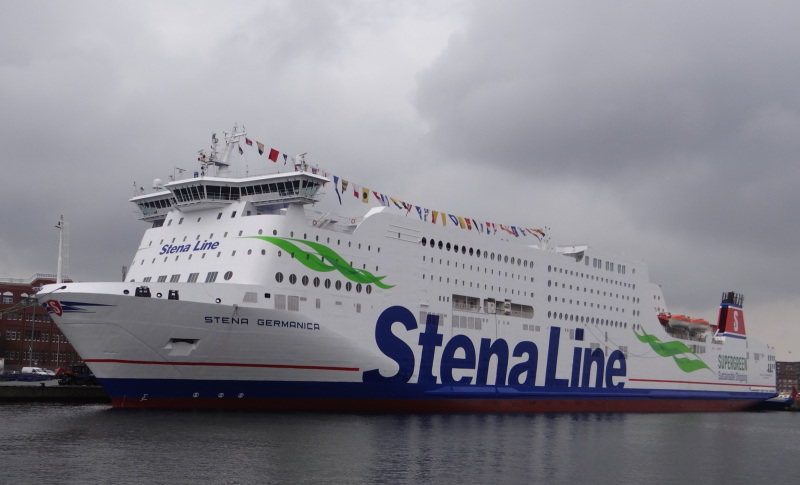STM project proves advanced route sharing capabilities
ONE of the first practical examples of ship traffic management, with vessels sharing route information digitally, has just taken place in the Baltic Sea.
Three vessels, part of the EU funded STM validation project, were able to use the trial system to exchange voyage information between each other. The test also demonstrated the compatibility of the bridge systems, in this instance the vessels had Transas ECDIS onboard, and an ability to connect with shore based services to, among other things, synchronise port calls.
The three vessels were Stena Line’s Stena Germanica and two rescue vessels from Swedish Sea Rescue Society. The tests took place as Stena Germanica sailed between Kiel and Göteborg.
The route transfer information works by sending data part of a ship’s normal AIS signal (the Automated Identification System transmission that is mandatory for all ships) and the relevant information being displayed on the vessel’s ECDIS.
The STM project team says this information allows an officer of the watch to see up to seven route segments of other ships, allowing better prediction of meeting points, a determination of the closet point of approach, and thus gives a much earlier notification of when this may happen in a voyage. This is particularly useful of a vessel is likely to sail through any narrow channel or fairway with restricted maneuverability.
In apress statement issued by the Swedish Maritime Authority, the hosts of the STM project said that the STM test bed is being built to include 300 ships, 13 ports and at least five shore centres.
fathom-news.com
































